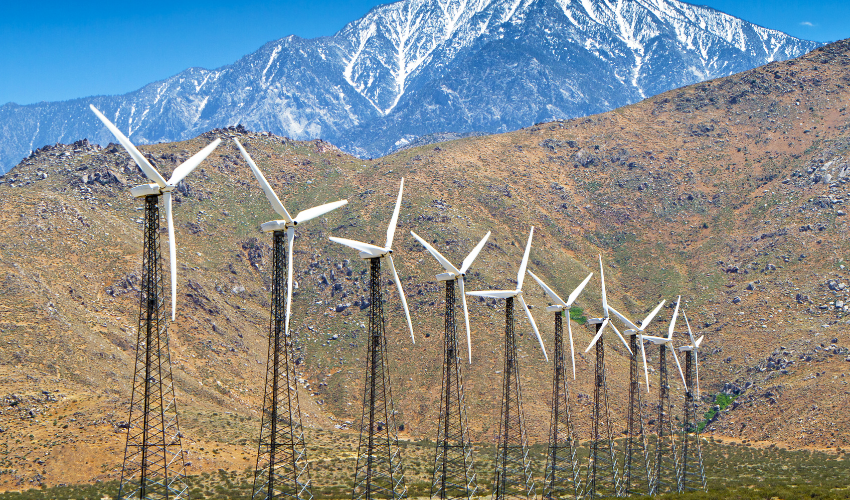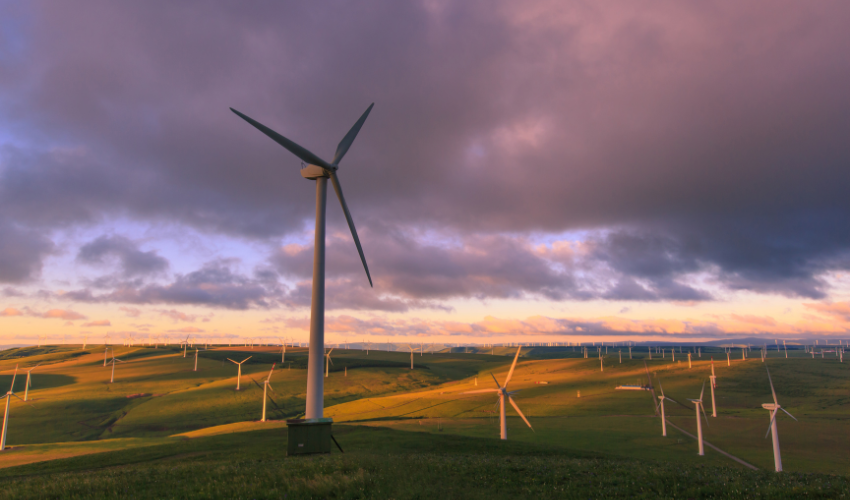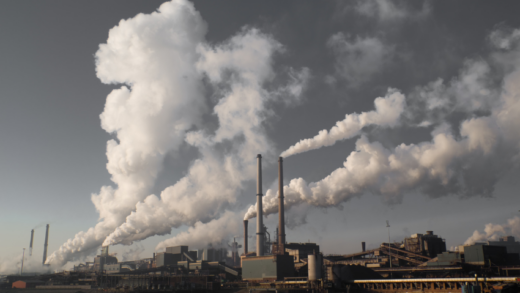Wind energy is rapidly gaining popularity as an efficient and clean energy source. Wind turbines are the backbone of wind energy production, and wind turbine blades are the key components that convert the wind’s energy into rotational mechanical energy, which is then transformed into electrical energy. Understanding wind turbine blades is essential to comprehend how wind turbines function and generate electricity. In this article, we will delve deep into the world of wind turbine blades and learn everything you need to know about them.

Design of Wind Turbine Blades
The design of wind turbine blades plays a crucial role in the efficiency of wind energy production. They are designed to capture the kinetic energy of the wind and convert it into mechanical energy, which is then converted into electrical energy. The following are some of the critical factors that affect the design of wind turbine blades:
Length and Shape of Blades
The length and shape of the blades determine the amount of energy they can capture from the wind. Longer blades have a greater surface area and can capture more wind energy. However, longer blades are also heavier and require a more substantial tower to support them. The shape is aerodynamic, which means it is designed to minimize air resistance and maximize wind energy capture.
Materials Used in Wind Turbine Blades
The materials used play a crucial role in their durability and performance. Most blades are made of fiberglass reinforced with epoxy or other composite materials. These materials are lightweight, strong, and resistant to corrosion and fatigue.

How Wind Turbine Blades Work
They work on the principle of lift, which is the same principle that allows an airplane to fly. As wind flows over the curved surface of the blade, it creates a difference in air pressure between the upper and lower sides of the blade. This difference in air pressure generates lift, which causes the blade to rotate. The rotation of the blade is then transferred to the main shaft, which is connected to a generator that converts the rotational energy into electrical energy.
Maintenance of Wind Turbine Blades
They require regular maintenance to ensure their optimal performance and longevity. The following are some of the essential maintenance tasks:
Visual Inspection
Visual inspection is necessary to detect any damage or defects that could affect their performance. The inspection should be carried out regularly and should include a thorough examination of the blade surface, leading edge, and trailing edge.
Cleaning
Dirt, dust, and debris can accumulate on the surface, reducing their aerodynamic efficiency. Regular cleaning of the blades is necessary to remove any buildup of dirt and debris.
Repair and Replacement
If any damage or defects are detected during the visual inspection, the blades should be repaired or replaced as soon as possible. Failure to repair or replace damaged blades can result in reduced energy production, increased maintenance costs, and even catastrophic failure.

FAQs about Wind Turbine Blades
What are the most common materials used in wind turbine blades?
The most common materials used are fiberglass reinforced with epoxy or other composite materials.
How long do wind turbine blades last?
They typically last between 20-25 years, but their lifespan can be affected by factors such as weather conditions, maintenance, and repair.
How do wind turbine blades generate electricity?
They generate electricity by converting the kinetic energy of the wind into rotational mechanical energy, which is then transformed into electrical energy by a generator connected to the main shaft of the turbine.
What is the ideal wind speed for wind turbines to function optimally?
The ideal wind speed for it to function optimally is between 7 and 14 meters per second. However, they can still generate electricity at wind speeds as low as 3 meters per second.
Can wind turbine blades be recycled?
Yes, they can be recycled. However, due to their size and composite materials, it can be challenging and expensive.
Conclusion
Wind turbine blades are the essential components of wind turbines that harness the power of the wind and convert it into electricity. Understanding the design, materials, and working principle is essential for anyone interested in wind energy production. Regular maintenance and inspection of wind turbine blades are crucial to ensure their optimal performance and longevity. As the demand for renewable energy continues to grow, wind energy and wind turbine blades will play an increasingly critical role in meeting the world’s energy needs.






















